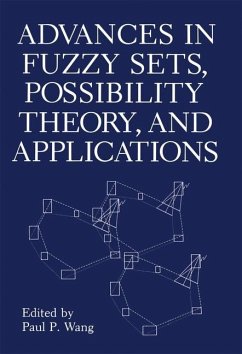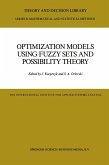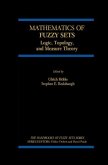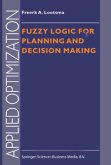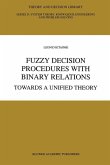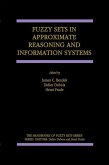Since its inception by Professor Lotfi Zadeh about 18 years ago, the theory of fuzzy sets has evolved in many directions, and is finding applications in a wide variety of fields in which the phenomena under study are too complex or too ill-defined to be analyzed by conventional techniques. Thus, by providing a basis for a systematic approach to approximate reasoning and inexact inference, the theory of fuzzy sets may well have a substantial impact on scientific methodology in the years ahead, particularly in the realms of psychology, economics, engineering, law, medicine, decision-analysis, information retrieval, and artificial intelli gence. This volume consists of 24 selected papers invited by the editor, Professor Paul P. Wang. These papers cover the theory and applications of fuzzy sets, almost equal in number. We are very fortunate to have Professor A. Kaufmann to contribute an overview paper of the advances in fuzzy sets. One special feature of this volume is the strong participation of Chinese researchers in this area. The fact is that Chinese mathematicians, scientists and engineers have made important contributions to the theory and applications of fuzzy sets through the past decade. However, not until the visit of Professor A. Kaufmann to China in 1974 and again in 1980, did the Western World become fully aware of the important work of Chinese researchers. Now, Professor Paul Wang has initiated the effort to document these important contributions in this volume to expose them to the western researchers.

